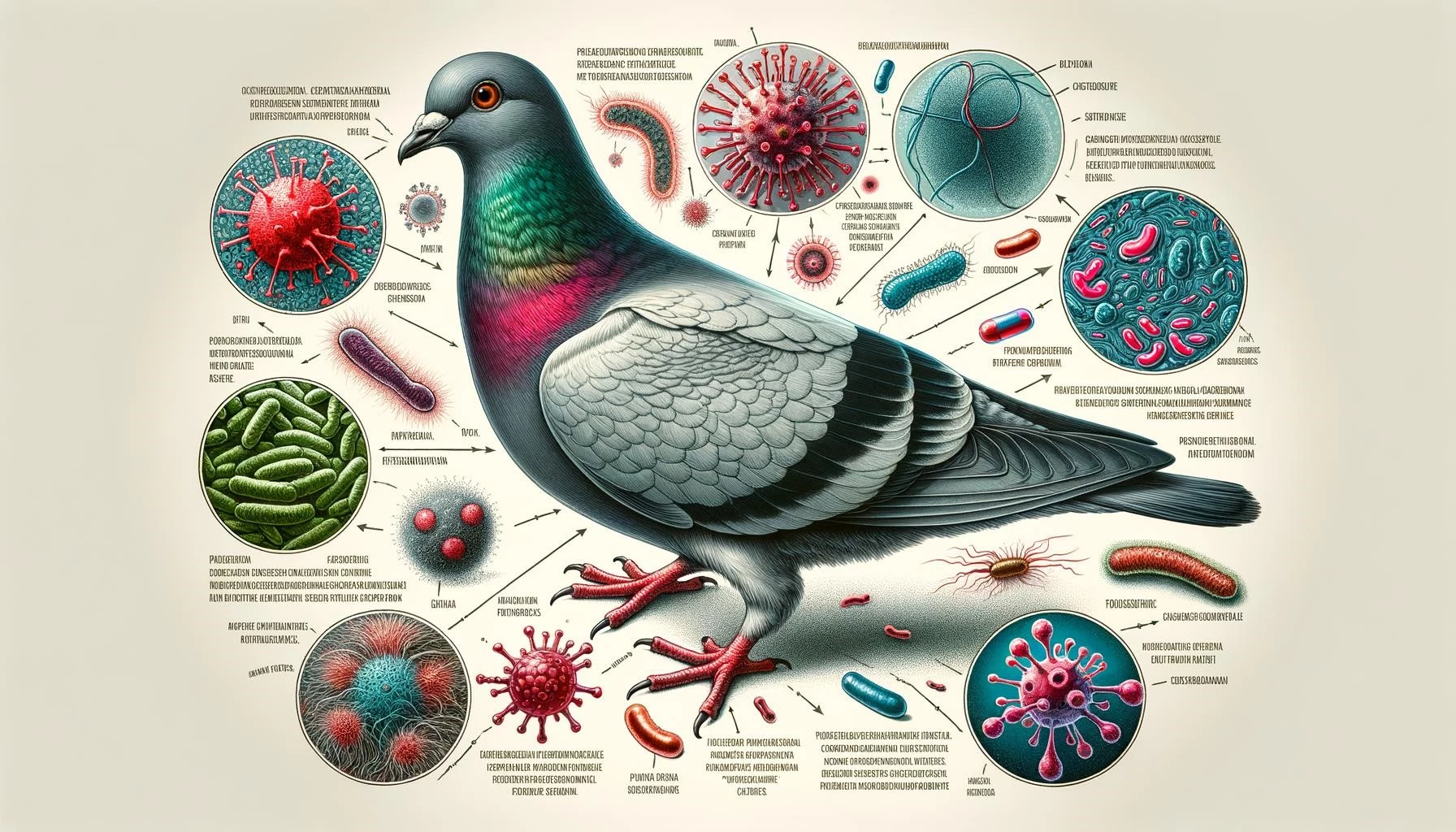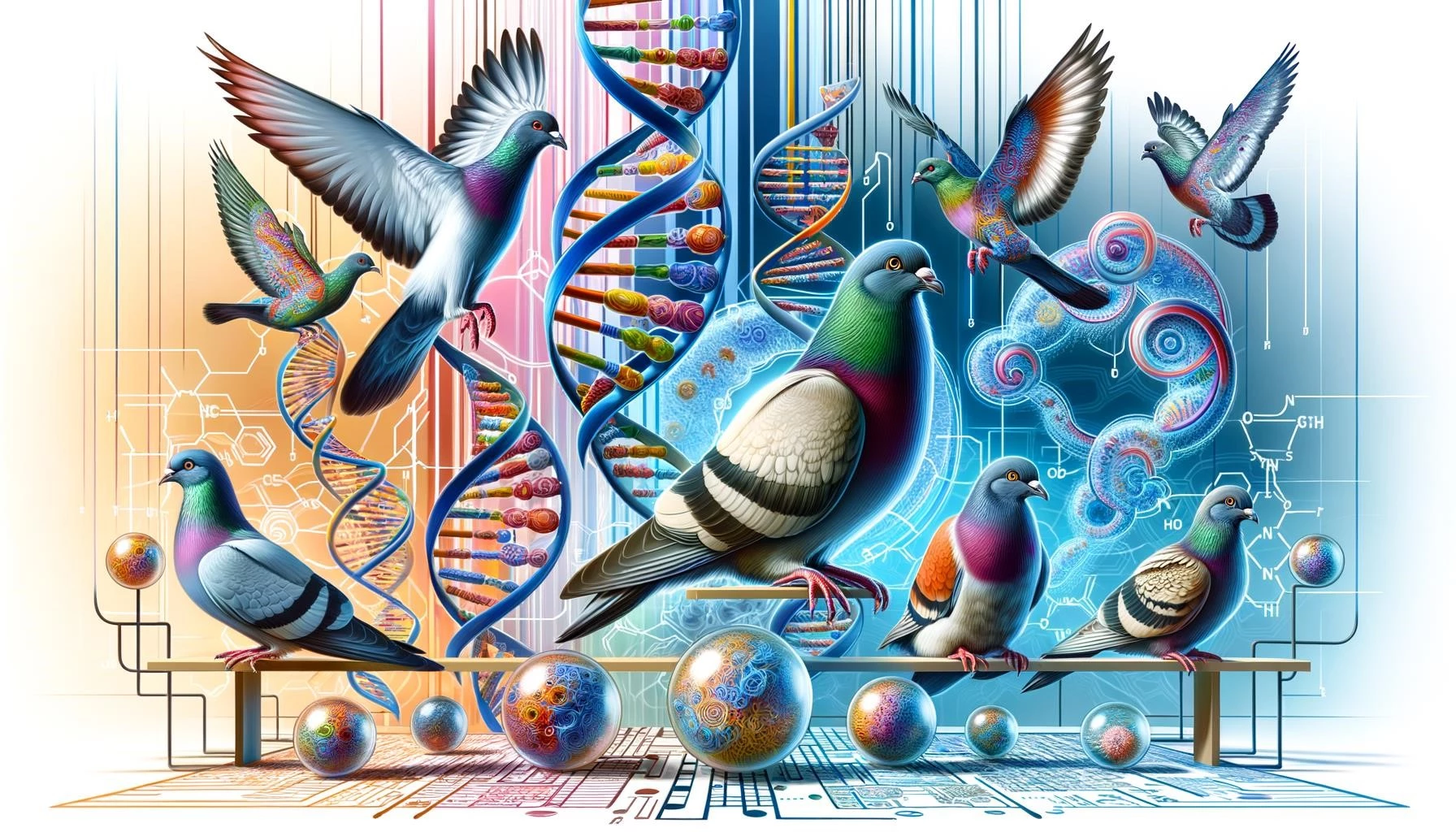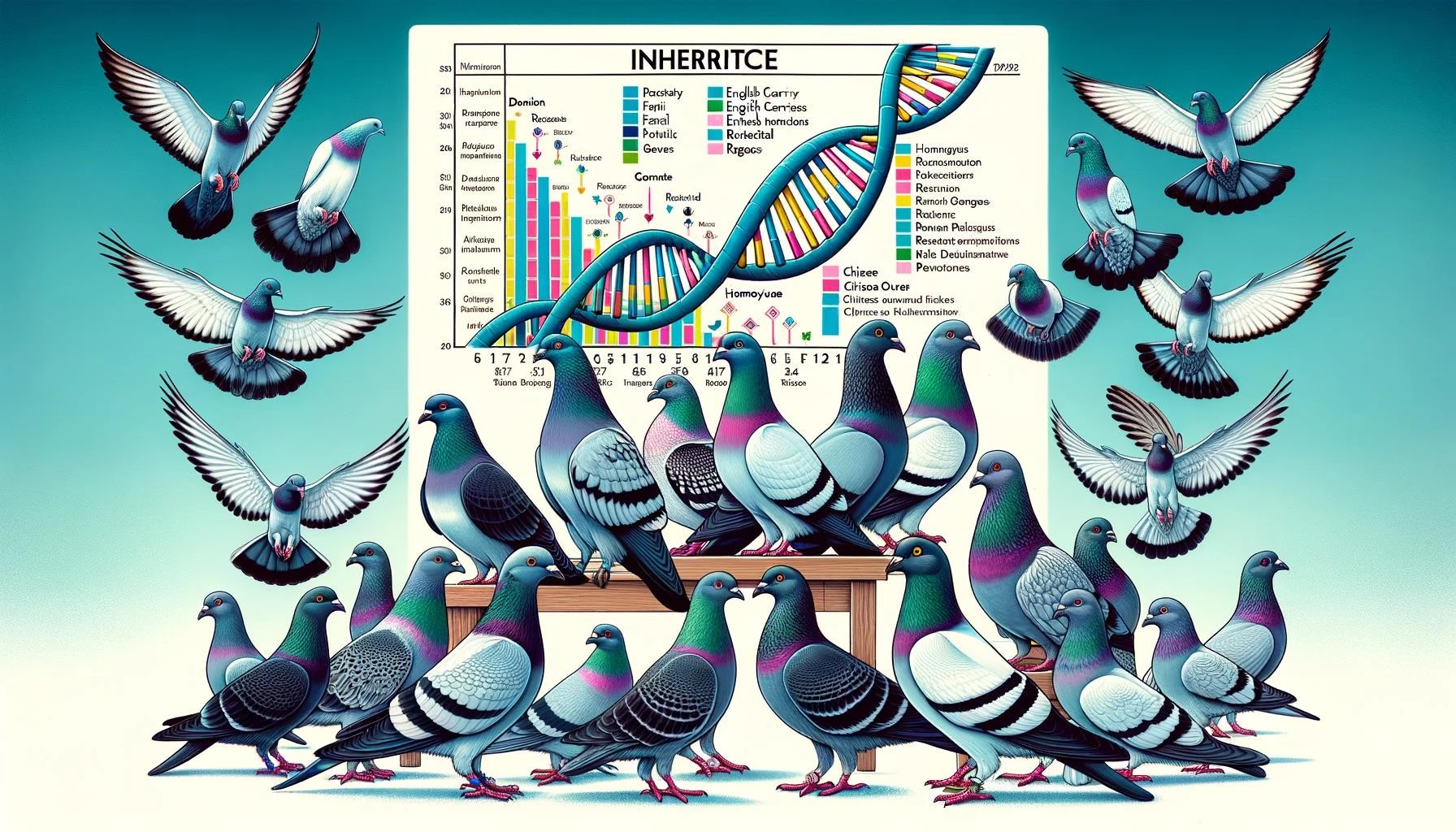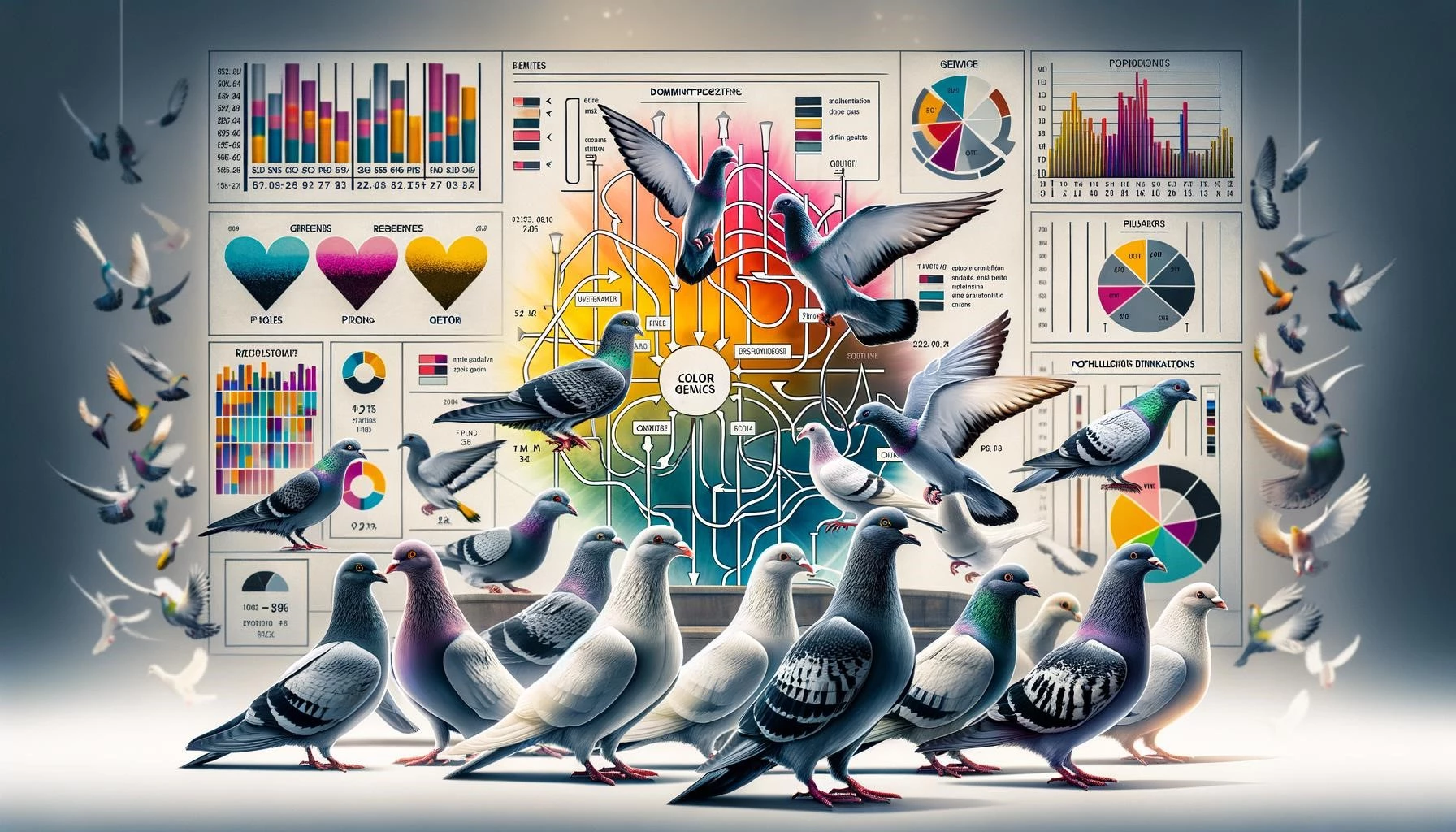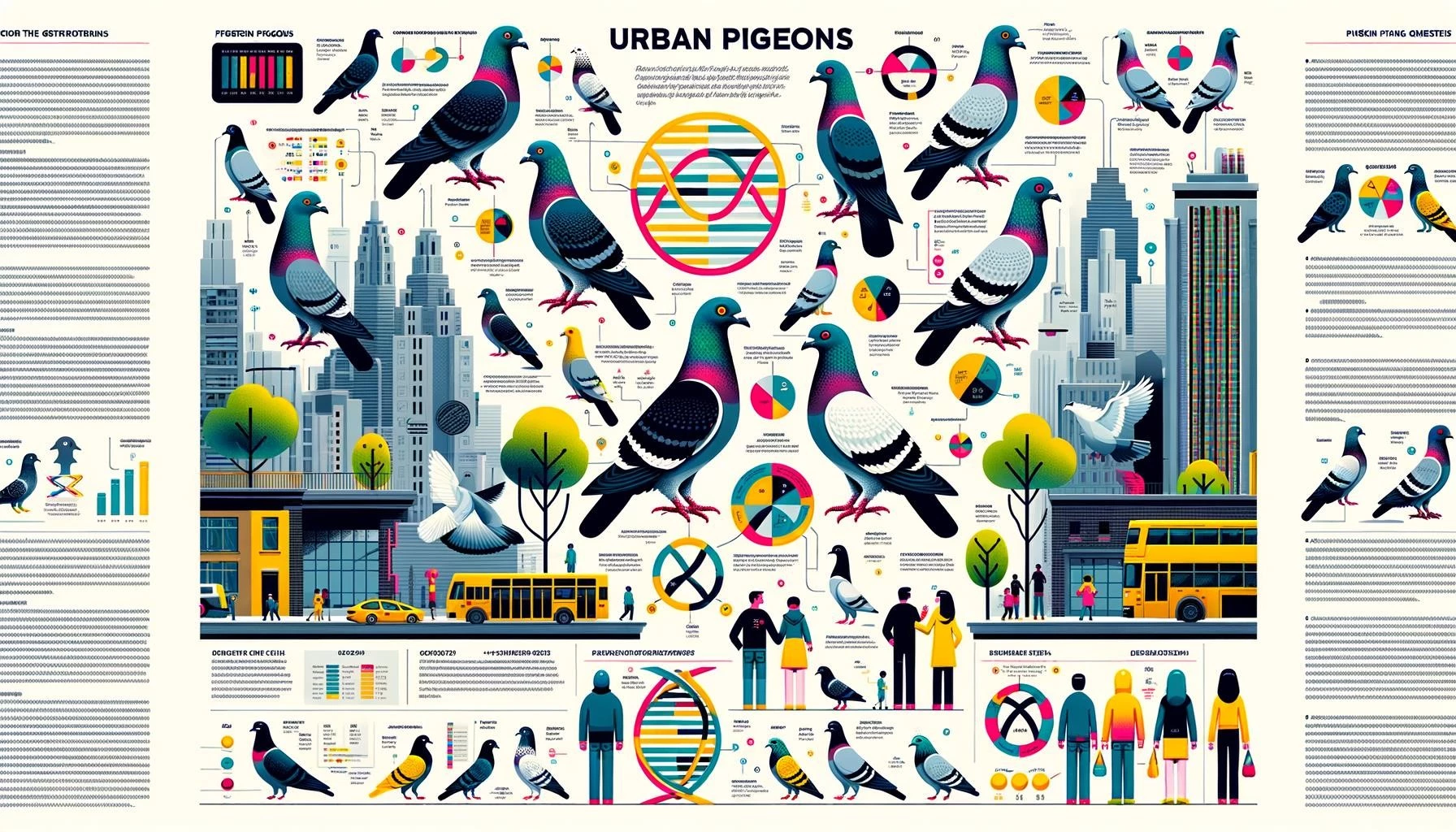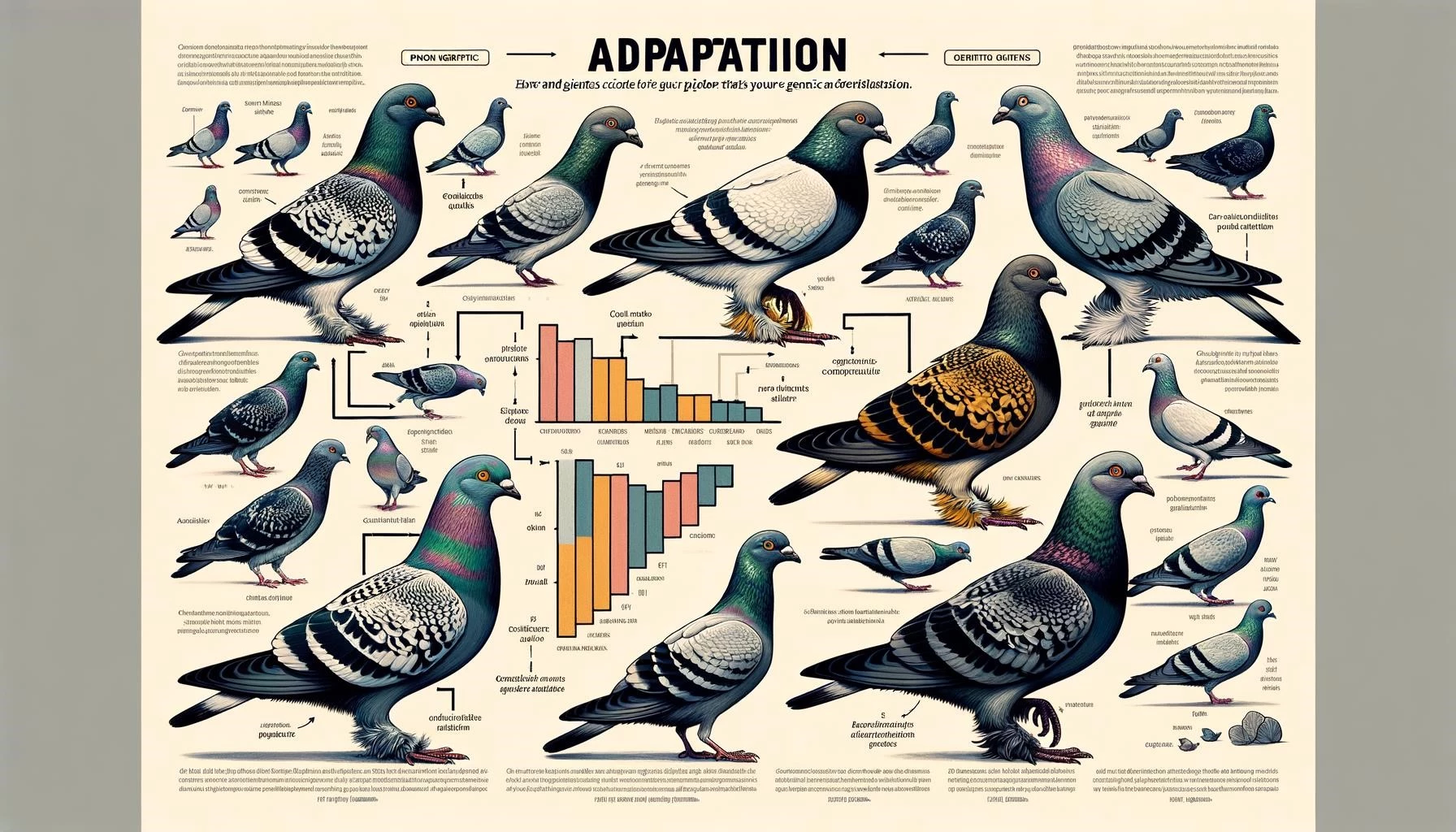Pigeons have long been a subject of interest for scientists studying developmental genetics. These birds exhibit a wide range of phenotypic variation, making them an ideal model for understanding the genetic basis of diversity within a species. By studying the genetic and developmental mechanisms underlying pigeon traits, researchers can gain insights into the processes that control variation in other birds and vertebrates. In this article, we will explore the key aspects of pigeons and developmental genetics.
Key Takeaways
- Pigeons exhibit extreme intraspecific diversity, making them an excellent model for studying the genetic basis of variation.
- Developmental and genetic analyses of pigeons have the potential to identify genes that control variation in other birds and vertebrates.
- Pigeons with various phenotypes have been bred to provide genetic material for research on artificial selection and local environmental adaptation.
- Pigeons can have different wing patterns, colors, and feather structures, and studying their development provides insights into the genetic mechanisms responsible for these traits.
- The study of pigeons and developmental genetics can help us understand the molecular basis of variation and its evolutionary implications.
Extreme Intraspecific Diversity in Pigeons
Pigeons exhibit a remarkable degree of intraspecific diversity, which means that they show a wide range of variation within a single species. This diversity is the result of thousands of years of selective breeding by humans to produce different breeds with unique phenotypic characteristics. The morphological differences among pigeon breeds can be as significant as those observed between different species.
Scientists have long been fascinated by the extensive variation observed in pigeons and have sought to understand the genetic and developmental basis of these differences. By studying pigeons, researchers hope to shed light on the processes that drive intraspecific diversity and identify the genes responsible for the observed variation.
Pigeons as a Model for Genetic Variation
Pigeons are not only interesting in their own right but also serve as a model for understanding the genetic basis of variation in other organisms, including birds and vertebrates in general. Many of the traits that vary among pigeon breeds are also found in wild species of birds and other animals. Therefore, studying the genetic mechanisms that underlie pigeon diversity can provide insights into the genetic basis of traits that are of general interest.
Furthermore, variation in many traits in domestic pigeons is constructive rather than regressive. This means that the variations seen in different breeds are novel adaptations rather than the loss of ancestral traits. Understanding the genetic basis of these constructive variations can provide valuable insights into the mechanisms of evolutionary change.
Developmental Insights from Pigeons
Studying the development of pigeons provides researchers with important insights into the genetic mechanisms responsible for the observed phenotypic traits. By tracking pigeon development, scientists can uncover the genetic traits that underlie the evolution and diversity observed within pigeon populations.
Investigating the inheritance of physical characteristics, such as color patterns and feather structure, can reveal the genetic mechanisms that control these traits. Researchers can use traditional genetics, genomics, and developmental approaches to address key questions about how different genetic variants impact embryonic and adult development in pigeons and other species.
Pigeons have also been instrumental in uncovering the genetic basis of specific traits. For example, studies have identified the genetic mutation responsible for the pearl (white) iris color in domestic pigeons. This has been linked to a mutation in the SLC2A11B gene, which is known to play a role in fish pigmentation.
In conclusion, pigeons offer a unique opportunity to study the genetic and developmental basis of extreme intraspecific diversity. By analyzing the molecular processes underlying the variation in pigeon phenotypes, researchers can gain insights into the genetic mechanisms responsible for similar traits in other organisms. Furthermore, understanding the genetic basis of variation in pigeons can provide valuable information about the mechanisms of evolutionary change and adaptation.


